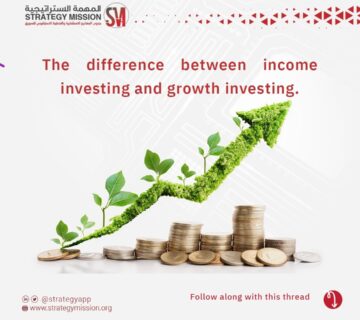Food chain rankings for ISO 22000 certification.
ISO 22000 is a universally recognized standard for food safety management systems. But did you know that the standard has defined specific classifications for the food chain of accreditation? Let’s find out more about it and follow us below…
To request rehabilitation services for ISO 9001/14001/45001/ 22000/13485 systems:
https://www.strategymission.org/en/request-services/
Food chain rankings for ISO 22000 certification:
Agriculture I (Animal Production): This includes livestock production, fishing, marine fishing, dairy products etc.
Agriculture II (plant production): This category covers crops, fruit, vegetables and other crops.
Manufacturing I (perishable animal products): think meat, poultry, egg, dairy and fish products.
Manufacturing II (perishable plant products): This includes fresh juices, preserved fruits, vegetables, etc.
Manufacturing III (products with long life span): This category covers canned products, cereals, snacks, beverages and oils.
Food and feed production: activities related to animal food production.
Retail and food services: restaurants, cafeterias, supermarkets, grocery stores, etc.
Transport and storage: companies concerned with the storage and transport of raw materials and finished products.
Additional activities: packaging, cleaning, disinfecting, pest control, and other supportive activities in the food chain.
⚙️ why does classification matter?
Customized Requirements: By classification, protocols and specific safety measures vary.
Accreditation of streamlined: assists in the evaluation of entities’ accreditation bodies based on their role in the food chain.
Clarity for stakeholders: Organizations can better communicate about their commitment to safety based on their classification.
conclusion: Understanding the category to which it belongs under ISO 22000 can help implement specific safety measures. It’s not only about getting certification, but ensuring safety in every step of the food chain.





No comment